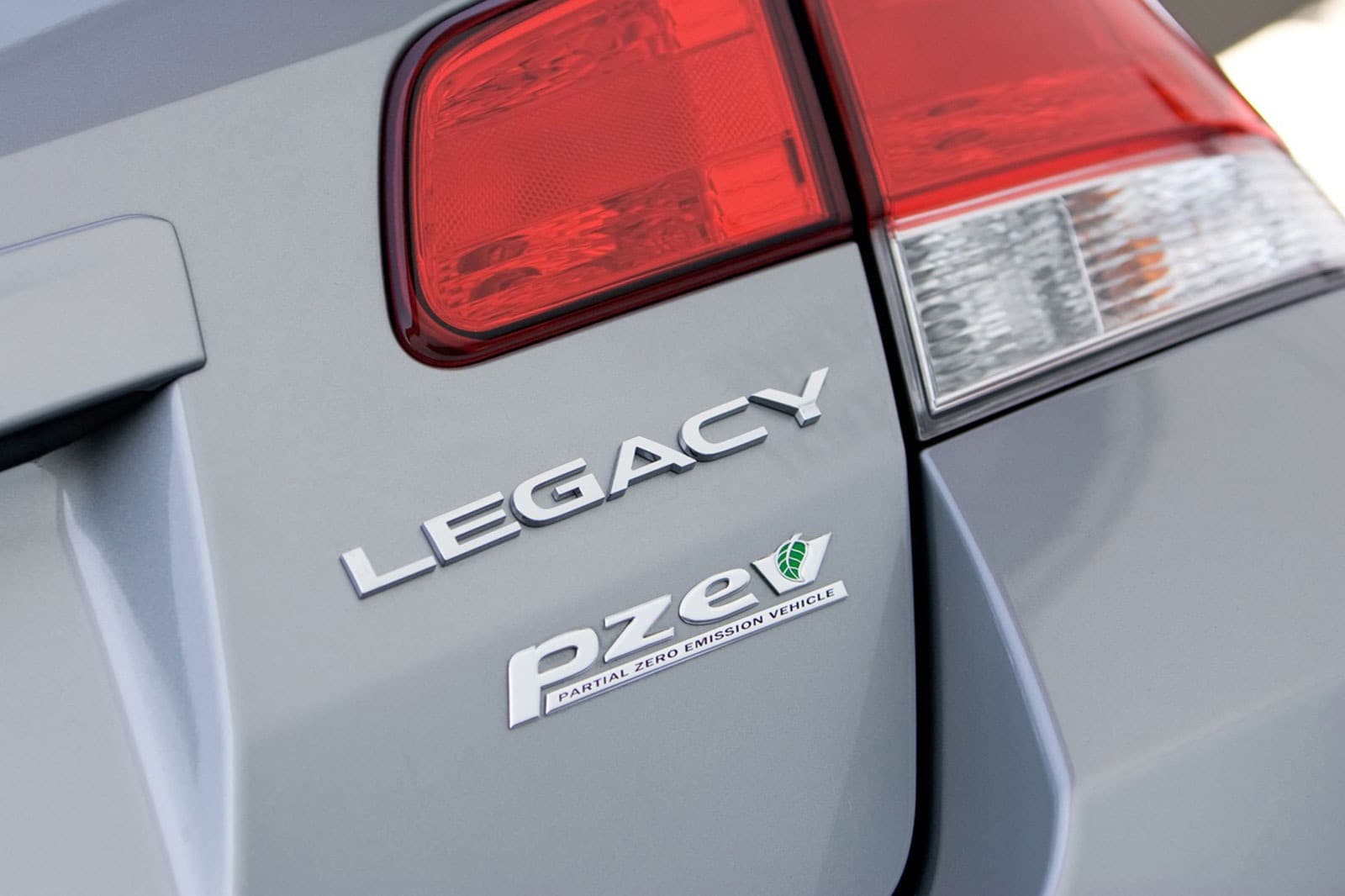A partial zero emission vehicle (PZEV) is a category established by the California Air Resource Board in 1998 as part of an effort to get more zero emission vehicles (ZEVs) on the road. The original target established by California would have required 10% of vehicles manufactured for sale in the state to be ZEVs by 2003.
Automakers were not thrilled, so in an effort to get those companies on board, California established a new category of vehicle: PZEV. The idea was for automakers to use PZEVs as a stepping stone en route to building more zero emission vehicles in the future. The PZEV designation lasted through the 2017 model year, when updated requirements released by California changed the name from PZEV to transitional zero emission vehicle (TZEV).
OK, so what does this all mean? Let's define some terms.
